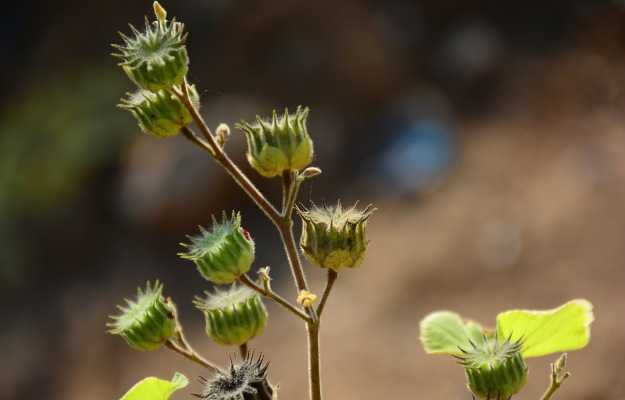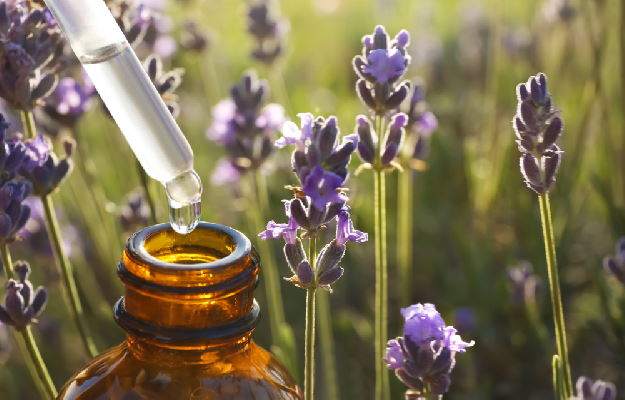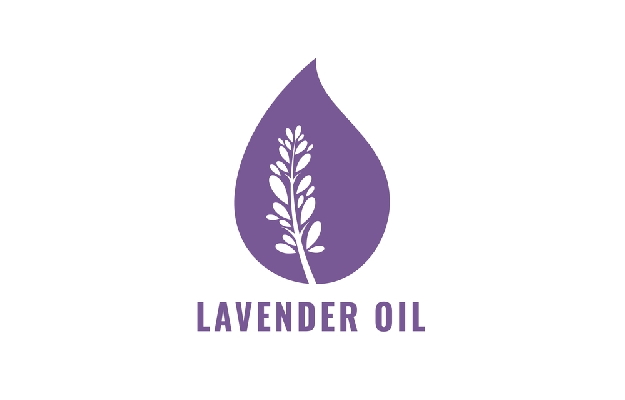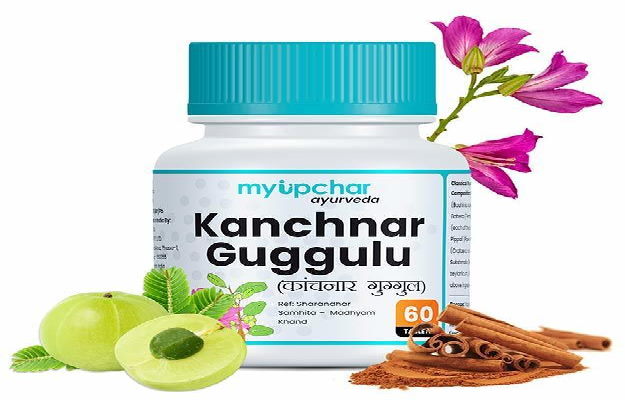Atibala, or Abutilon indicum, is technically a shrub—it is usually 1-1.5 metres but can grow up to three metres tall. Yet it is a well-known component of herbal formulations like Mahanarayana taila for pain relief, Ayurvedic remedies for neuropathic (nerve) pain and a herbal immunity-boosting tonic for children.
Indeed, the plant—recognisable by its distinctive “gear-shaped” seed pods and golden yellow flowers—has been in use in Ayurveda, Siddha, Unani and folk medicine systems for hundreds of years. In Siddha medicine, the whole plant—including the roots—was dried and put to a variety of uses from the treatment of piles to increasing sperm count.
The plant grows easily (even by the roadsides) across India and is widely available in the areas where it is native (Karnataka and Tamil Nadu).
Basic facts about Atibala plant:
- Scientific name: Abutilon indicum Sweet
- Family: Malvaceae
- Common names: Indian mallow, Indian abutilon, Kanghi (Hindi), Jhampi or Badela (Bengali), Jayavandha, Jayapateri (Assamese), Kansaki or Khapat (Gujarati), Shrimudrigida, Mudragida or Turube (Kannada), Kath (Kashmiri), Uram, Katuvan, Urubam, Urabam, Vankuruntott, Oorpam or Tutti (Malayalam), Chakrabhendi, Petari or Mudra (Marathi), Tutti or Thuthi (Tamil) and Tutturubenda (Telugu).
- Sanskrit name: Atibala or Kankatika
- Parts used: Roots, bark, leaves and flowers
- Origins and geographical distribution: Grows across tropical and subtropical regions; but especially Karnataka and Tamil Nadu. The plant can now be found across India and in some parts of Bhutan.
- Interesting fact: The name atibala means great strength.
Writing in the Pharmacognosy Journal in 2010, researchers Anil Kumar Dhiman and Amit Kumar explained: “Balas in ayurvedic literature are used as Balya, or tonic for strengthening the body. Bala, Brela, Atibala, Mahabala and Nagbala belong to the genus Sida of family Malvaceae (which) is in use for medicinal purposes for a long time... Sida rhombifolia Linn. is Mahabala. The other Bala is Atibala, which is botanically known as Abutilon indicum... the Ati means very and Bala means powerful, referring to the properties of this plant as very powerful.”
Read on to know the purported and science-backed benefits of atibala/kanghi plant, standard dosage and potential side effects:

































